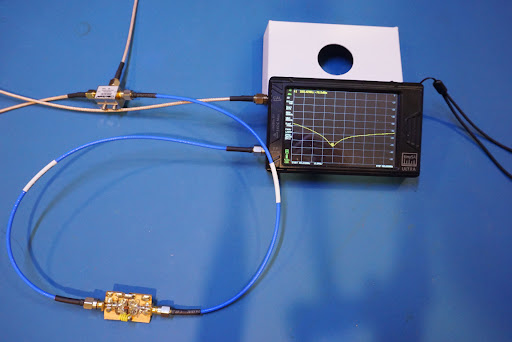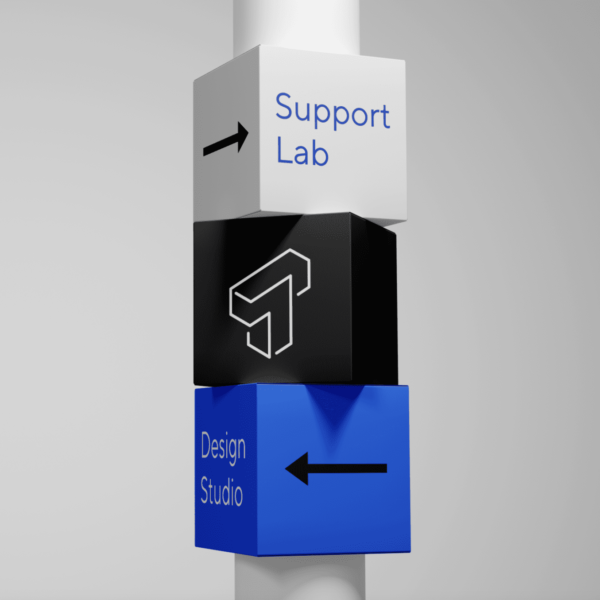
In the realm of research, education, and project management, selecting the right evaluation methods is crucial for obtaining accurate and meaningful results. Effective evaluation not only measures success but also provides insights for future improvements. This comprehensive guide will delve into various methodologies, helping you choose the best approach for your needs.
Understanding Evaluation Methods
Evaluation methods are systematic procedures used to determine the value, effectiveness, or impact of a project, program, or policy. These methods can be broadly categorized into two types: qualitative and quantitative.
Qualitative Evaluation Methods focus on understanding the underlying reasons, opinions, and motivations behind outcomes. These methods provide deep insights into complex issues but can be subjective and harder to generalize.
Quantitative Evaluation Methods involve the collection and analysis of numerical data. These methods are objective, making them easier to replicate and generalize, but they might miss nuanced insights.
Popular Evaluation Methodologies
- Surveys and Questionnaires
- Description: Surveys and questionnaires collect data from a predefined group of respondents. They can be administered online, on paper, or in person.
- Strengths: Cost-effective, scalable, and capable of capturing a wide range of information.
- Limitations: Can suffer from low response rates and potential biases in self-reported data.
- Interviews
- Description: Interviews involve direct, one-on-one interaction to gather detailed information.
- Strengths: Provide in-depth insights and can explore complex topics.
- Limitations: Time-consuming and can be influenced by interviewer bias.
- Focus Groups
- Description: Focus groups involve facilitated discussions with a small group of participants.
- Strengths: Generate rich qualitative data and diverse perspectives.
- Limitations: Group dynamics can influence individual responses, and findings may not be generalizable.
- Observations
- Description: Observations involve systematically watching and recording behaviors and events.
- Strengths: Provide direct evidence of behavior and can be unobtrusive.
- Limitations: Can be time-consuming and require trained observers.
- Case Studies
- Description: Case studies involve an in-depth analysis of a single case or a small number of cases.
- Strengths: Offer detailed contextual analysis and can generate hypotheses for further research.
- Limitations: Findings may not be generalizable, and they can be resource-intensive.
- Experiments
- Description: Experiments involve manipulating one variable to determine its effect on another variable.
- Strengths: Allow for causal inferences and high levels of control.
- Limitations: Can be artificial and may not reflect real-world conditions.
Choosing the Right Methodology
Selecting the appropriate evaluation methodology depends on several factors:
- Objective of the Evaluation
- Determine what you aim to achieve with the evaluation. Is it to measure impact, understand processes, or explore new phenomena?
- Nature of the Data
- Decide whether qualitative, quantitative, or mixed methods data is more suitable for your evaluation.
- Resources Available
- Consider the time, budget, and expertise available to conduct the evaluation.
- Audience
- Think about who will use the evaluation results and what type of data will be most useful to them.
Best Practices for Effective Evaluation
- Define Clear Goals: Start with well-defined objectives to guide your evaluation design.
- Choose Appropriate Methods: Select methods that align with your goals, data needs, and resources.
- Ensure Reliability and Validity: Use established procedures to collect and analyze data to ensure results are accurate and dependable.
- Engage Stakeholders: Involve stakeholders throughout the evaluation process to enhance relevance and buy-in.
- Report Findings Transparently: Clearly communicate methods, findings, and limitations to provide a complete picture.
Frequently Asked Questions (FAQs)
Q1: What is the difference between formative and summative evaluation? A1: Formative evaluation is conducted during the development or implementation of a project to improve its design and performance. Summative evaluation is conducted after a project’s completion to assess its overall impact and effectiveness.
Q2: How do I choose between qualitative and quantitative methods? A2: Choose qualitative methods if you need deep, detailed insights into complex issues. Opt for quantitative methods if you require objective, generalizable data.
Q3: Can I use multiple evaluation methods in one project? A3: Yes, using mixed methods can provide a comprehensive understanding by combining the strengths of both qualitative and quantitative approaches.
Q4: How can I ensure my evaluation is unbiased? A4: Use standardized tools and procedures, train evaluators thoroughly, and triangulate data from multiple sources to minimize bias.
Q5: What should I include in my evaluation report? A5: Include an introduction, methodology, results, discussion, and conclusion. Be transparent about your methods and any limitations of your study.
Conclusion
Effective evaluation is essential for understanding the success and impact of projects, programs, and policies. By choosing the right methodology and following best practices, you can gather valuable insights that drive continuous improvement. Whether you opt for qualitative, quantitative, or mixed method of evaluation, the key is to align your evaluation approach with your objectives and resources. Start with clear goals, engage stakeholders, and communicate findings transparently to make the most of your evaluation efforts.











